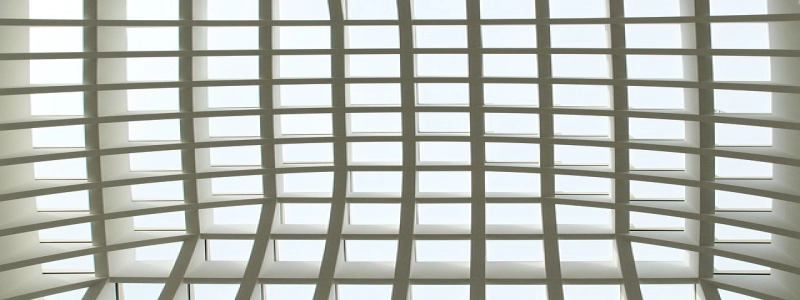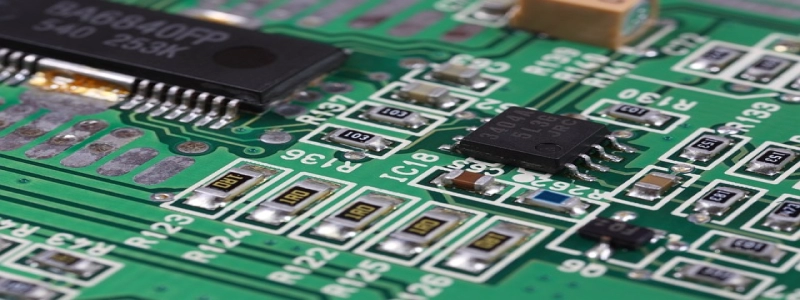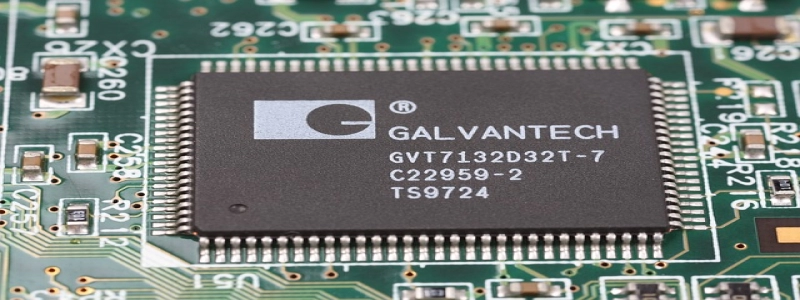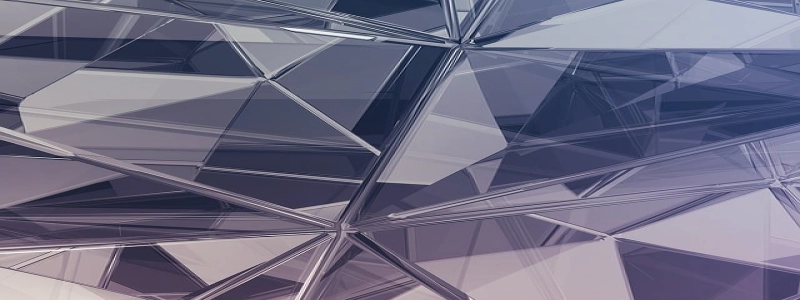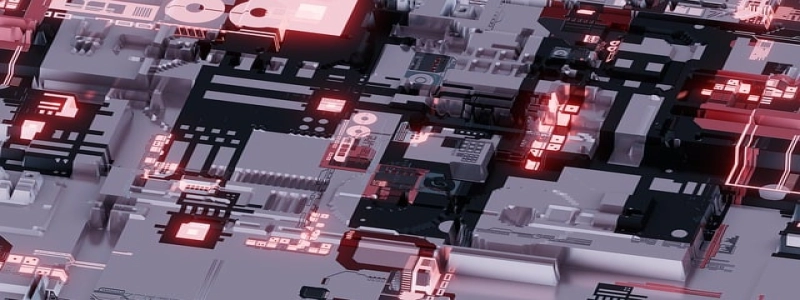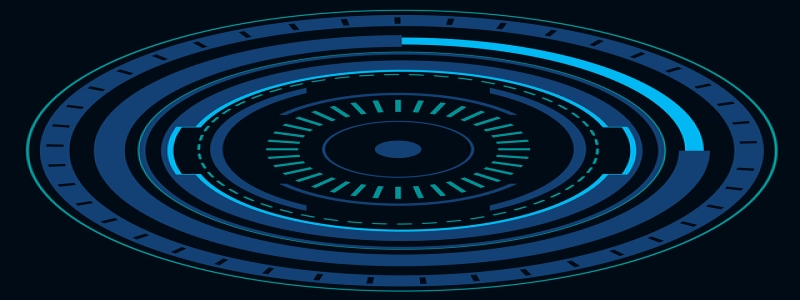Fiber Optic Cable Picture
Introduction:
I. Overview of Fiber Optic Cables
A. Definition
B. Importance
II. Structure and Components of Fiber Optic Cables
A. Core
B. Cladding
C. Buffer Coating
D. Jacket
III. Types of Fiber Optic Cables
A. Single-mode Fiber Optic Cables
B. Multimode Fiber Optic Cables
C. Indoor Fiber Optic Cables
D. Outdoor Fiber Optic Cables
IV. Advantages of Fiber Optic Cables
A. High Bandwidth Capacity
B. Low Signal Loss
C. Immunity to Electromagnetic Interference
D. Long Transmission Distance
V. Applications of Fiber Optic Cables
A. Telecommunications
B. Data Transmission
C. Medical Field
D. Military and Aerospace
Conclusion
Introduction:
Fiber optic cables have revolutionized the world of communication and data transmission due to their superior performance and capabilities. In this article, we will explore the structure and components of fiber optic cables, discuss the different types available, highlight their advantages, and delve into their diverse applications.
I. Overview of Fiber Optic Cables:
Fiber optic cables are thin strands of glass or plastic that transmit data and information in the form of light pulses. These cables are made up of numerous optical fibers bundled together and are used to transmit data at incredibly high speeds over long distances.
A. Definition:
Fiber optic cables consist of a core, cladding, buffer coating, and a protective jacket. The core is the central part through which light is transmitted, surrounded by the cladding that reflects the light back into the core. The buffer coating provides additional protection to the fibers, while the jacket safeguards the entire cable from environmental factors.
B. Importance:
Fiber optic cables have become crucial in various sectors where high-speed data transmission and reliable communication are vital. They have largely replaced traditional copper cables due to their numerous advantages.
II. Structure and Components of Fiber Optic Cables:
To understand the functioning of fiber optic cables, it is essential to comprehend their structure and components in detail.
A. Core:
The core is the innermost part of the fiber optic cable, through which light is guided. It is extremely thin and often made of glass or plastic, designed to minimize signal loss during transmission.
B. Cladding:
Surrounding the core is the cladding, which has a slightly lower refractive index than the core. This difference in refractive index allows light to be continuously reflected back into the core as it travels along the cable, preventing any loss of signal.
C. Buffer Coating:
The buffer coating provides a protective layer for the optical fibers. It is typically made from a polymer material and protects the fibers from damage caused by bending, stretching, or exposure to external elements.
D. Jacket:
The jacket or outer sheath protects the entire fiber optic cable from moisture, heat, and other external factors. It is composed of a durable material such as PVC that ensures the cable’s longevity and durability.
III. Types of Fiber Optic Cables:
There are various types of fiber optic cables, each designed to cater to specific needs and requirements. Some common types include:
A. Single-mode Fiber Optic Cables:
Single-mode cables have a smaller core diameter, allowing light to travel in a straight line without bouncing off the cladding. They are primarily used for long-distance communication and high-speed data transmission.
B. Multimode Fiber Optic Cables:
Multimode cables have a larger core diameter, enabling multiple pathways for light to travel. They are suitable for short-distance communication and are commonly used in LAN networks.
C. Indoor Fiber Optic Cables:
Indoor fiber optic cables are specifically designed to be installed in indoor settings. They have a fire-resistant design and can be used for various applications such as telecommunication and data centers.
D. Outdoor Fiber Optic Cables:
Outdoor fiber optic cables are engineered to withstand harsh environmental conditions. They are built with additional layers of protection to ensure the cable’s resistance to weather elements, moisture, and UV radiation.
IV. Advantages of Fiber Optic Cables:
The numerous advantages offered by fiber optic cables make them the preferred choice in various industries.
A. High Bandwidth Capacity:
Fiber optic cables have an incredibly high bandwidth capacity, allowing for the transmission of large volumes of data at very high speeds. This makes them ideal for applications such as video streaming, cloud computing, and high-resolution graphics.
B. Low Signal Loss:
Compared to traditional copper cables, fiber optic cables have minimal signal loss during transmission. This ensures a higher quality and more reliable signal over longer distances.
C. Immunity to Electromagnetic Interference:
Fiber optic cables are immune to electromagnetic interference, making them highly suitable for areas with high electromagnetic activity or electrical noise. This characteristic enhances the overall performance and reliability of data transmission.
D. Long Transmission Distance:
Due to the low signal loss and high-quality signal transmission, fiber optic cables can transmit data over much longer distances compared to traditional copper cables. This makes them ideal for long-distance communication requirements.
V. Applications of Fiber Optic Cables:
The versatility of fiber optic cables has led to their extensive use in various industries.
A. Telecommunications:
Fiber optic cables are the backbone of modern telecommunications networks, enabling the transmission of voice, video, and data services.
B. Data Transmission:
In data centers and IT infrastructure, fiber optic cables are used to transmit large volumes of data swiftly and reliably.
C. Medical Field:
Fiber optic cables are widely used in medical imaging and diagnostic equipment, such as endoscopes and fiber optic sensors, facilitating minimally invasive procedures and accurate diagnoses.
D. Military and Aerospace:
The military and aerospace industries heavily rely on fiber optic cables for secure and high-speed communication, radar systems, and avionics.
Conclusion:
The picture of fiber optic cables unveils a world of advanced communication and data transmission. With their exceptional structure, versatility, and numerous benefits, fiber optic cables have become an integral part of modern technology, driving innovation and connectivity across various industries.
